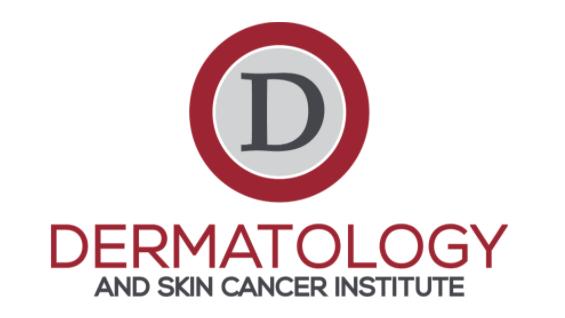Witches Warts

So, what’s a good witch without an ugly wart growing on her nose? Unfortunately, it’s not only witches that can get these little infections.
What are they? A wart is a common skin growth caused by an infection with a virus. The virus can gain entry to the skin through cracks, fissures, etc. This creates certain high-risk areas such as the hands and feet however even the nose is not an uncommon spot to find a wart. The Human Papilloma Virus (HPV) is the most common cause of these warts.
Are they all the same? Although there are a few different types of warts, the standard wart that we see most is the cauliflower textured bump that we are commonly affected with as children on our hands and feet. Plantar warts occur on the bottom (plantar aspect) of our feet. Genital warts, or condyloma, are a sexually transmitted version of HPV. The latest figures show that more than 80% of the population have been exposed to HPV at some point in their life. With nearly 45 million cases of HPV diagnosed in 2019 it is by far the most common sexually transmitted infection (STI). There are about 125 different types of HPV, including a few sexually transmitted types that cause nearly 100% of cervical cancer in females. It is also known that HPV, if left untreated in the skin, has the potential to transform into squamous cell carcinoma.
How can we treat them? Warts can be treated in different ways. During your visit Charlie Capaci, PA-C will discuss the various options and come up with a game plan for treatment. The basic thought behind a wart – – it is an infection that our immune system doesn’t recognize. If we can irritate the wart, or make it mad, it can potentially trigger an immune response from the body to attack the virus. We can create this irritation in a few different ways. Liquid nitrogen, or cryosurgery, is the most common treatment. It creates a local blister or scab at the site with only a few days of discomfort at the site of treatment. Liquid nitrogen is -320 degrees Fahrenheit, so as you can imagine this treatment can be painful and sometimes not well tolerated by our younger patients. Other treatments include topical blistering agents, surgery, topical acne medications, and even a few prescription creams.
It is important to get warts or any rough lesion checked by a board-certified dermatologist in either our Lansdale, Pennsylvania or Fort Washington, Pennsylvania offices as there are certain skin cancers that can mimic warts. Tell your provider of any new or changing growths as early recognition remains key to treatment of any skin problem.
